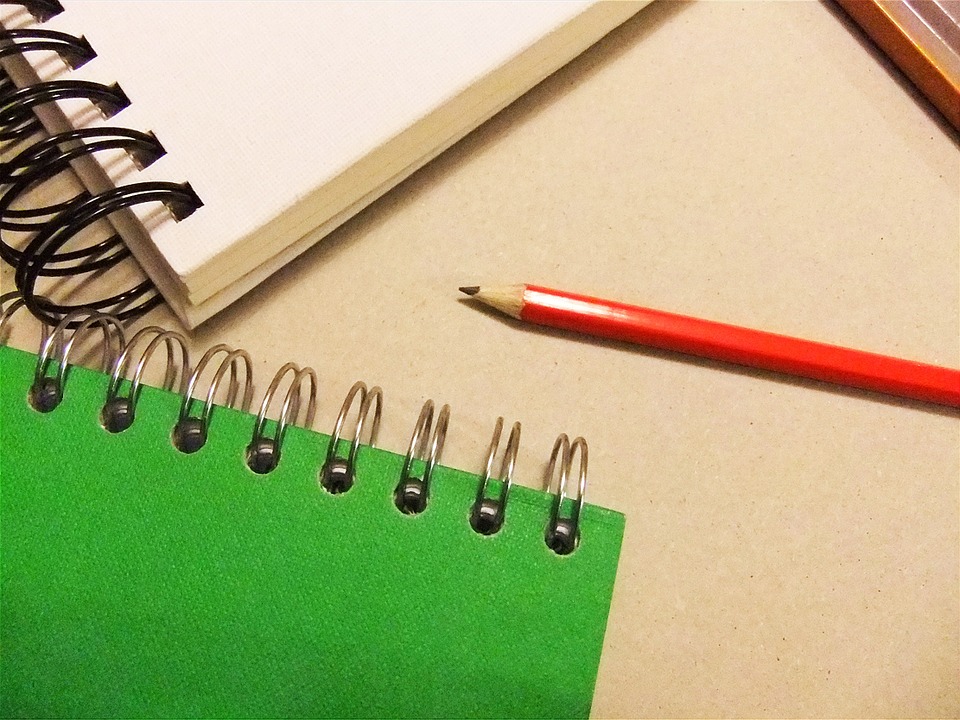As an artist, you need to show your work to prospective employers. Or, you may want to apply for a third level at art college. But what goes in an art portfolio? How do I create one? What if you need more or better examples? There are art portfolio courses that will help you pull together samples of your work. And teach you to use different media for a balanced portfolio.
Your portfolio is a collection of your best work. Whether it’s paintings, drawings, sculpture, or photography, it shows your artistic skills. Your portfolio also shows your experiences and interests in the form of your art. Admissions officers and employers determine whether you are a fit based on your portfolio. It lets people see your work firsthand, so make sure your best pieces are in it.
How it works
There are different types of courses to take to prepare your portfolio. There are courses that focus on traditional arts like drawing, painting and sculpture. Other art portfolio courses focus on the less-traditional arts such as photography or fashion design.
In some courses, you can achieve a qualification in Art, or Art Craft and Design. The number of topics covered determines the eligibility for a qualification.
Check the course description to understand if work experience is part of your course. An art portfolio course helps you produce samples of your work, regardless of your art form.
Traditional Arts
These are general art courses for students applying to a third level art college. You learn the principles of art and design. Building a balanced art portfolio is the focus of these classes. You create samples of your artwork through project led coursework. To showcase your individual design talent, the course includes various topics.
Popular topics for these courses are drawing, painting and sculpture. You use various media to produce your work, such as pencil, ink, and charcoal. Other media include watercolour, oil and acrylic paints. You create projects that use oil pastels and chalk, pens and felt-tips.
Non-traditional Arts
Besides the traditional arts, there are art portfolio courses for less traditional arts. Less-traditional arts are illustration, fine arts, photography, and fashion as an example. While the products you create are different, it is important to showcase your best work. Whether it be for applying to a college or showing a future employer.
If this interests you, be sure to review the course details carefully. Not all courses have these topics available in an art portfolio course. There are that offer coursework broad enough to include non-traditional arts. If in doubt, check with the course instructor. They can help you understand the availability of these non-traditional arts in the art portfolio course.
Find the art class for you on Courses.ie.












Comments